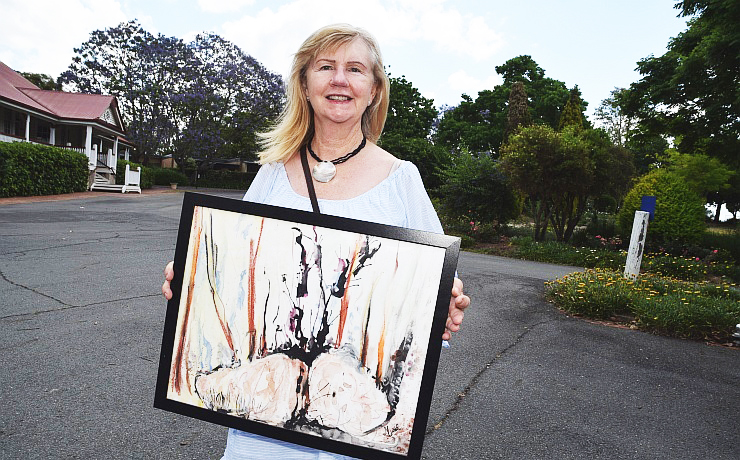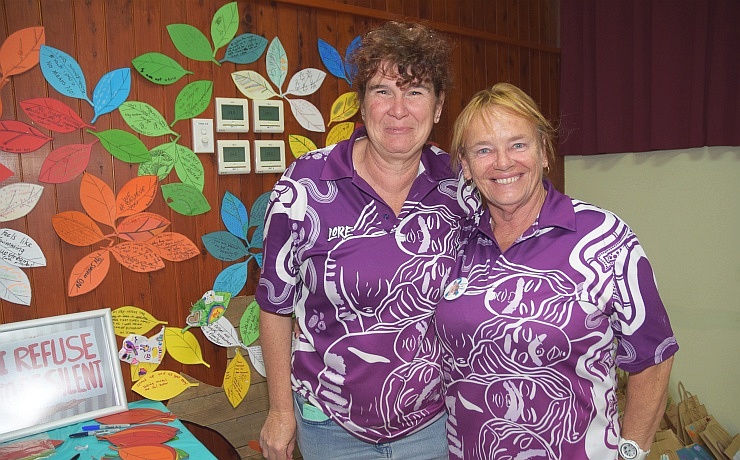

July 25, 2018
Queensland’s rural debt situation has improved over the past six years, according to the State Government.
Rural debt has only risen by 1.6 per cent to $17.2 billion, despite many parts of Queensland suffering from an extended period of drought and the number of borrowers rising 16 per cent to 18,355.
Launching the 2017 Queensland Rural Debt Survey in Brisbane on Wednesday, Minister for Agricultural Industry Development Mark Furner said the average debt per borrower is down 12 per cent to about $940,000.
“The 2017 survey provides an important snapshot of the financial state of our rural industries and will help inform both government and industry,” Mr Furner said.
“Rural businesses operate in a dynamic environment and debt levels will continue to be impacted by external factors such as the current drought.”
Mr Furner said the beef industry was the most indebted agricultural sector, holding 54 per cent ($9.4 billion) of debt.
Others were cotton ($1.3 billion or 8 per cent), sugar ($1 billion or 6 per cent) and grains ($0.93 billion or 5 per cent).
The most indebted regions were Western Downs and Central Highlands ($5.5 billion or 32 per cent), followed by the Southern Coastal Curtis to Moreton region ($4 billion or 23 per cent) and the Eastern Darling Downs region ($2.5 billion or 14 per cent).
Mr Furner said the quality of rural debt had improved since 2011 with 95 per cent of rural debt rated as viable (rating ‘A’) or potentially long term viable (rating ‘B+’), up from 85.9 percent in 2011.
The 2017 Queensland Rural Debt Survey was undertaken by the Queensland Rural and Industry Development Authority in collaboration with the Queensland Government Statisticians Office, with the support of all major rural lenders in Queensland and insights from agricultural industry associations.
Rural debt is defined as the total indebtedness of all farmers and rural enterprises throughout Queensland, where servicing the debt relies primarily on rural generated income.
The survey was conducted as at December 31, 2017 and is the first Queensland Rural Debt Survey since December 2011.
QRIDA Chief Executive Officer, Cameron MacMillan said the apparent paying down of debt in 2017 came from farmers capitalising on improved returns for some commodities.
It was also reflected in the strong growth in Farm Management Deposits in Queensland, which doubled in value between 2011 to 2017 to $1.2 billion.
Mr MacMillan said another measure of longer term financial sustainability was the ratio between total farm debt and the gross value of production, which has narrowed from 178 per cent in 2011 to 123 per cent in 2017.
Mr MacMillan said the 2017 Rural Debt Survey provided a comprehensive breakdown of the value and quality of rural debt and the number of borrowers by industry and regions across Queensland.
“I wish to especially thank the banks for their participation in the 2017 survey and those rural groups that provided insights on industry trends,” Mr MacMillan said.
A 2017 RDS overview, full report and technical review are available online.
The Farm Business Debt Mediation Act 2017 passed last year requires QRIDA to undertake the Queensland Rural Debt Survey every two years unless an equivalent national rural debt survey is available.
The next Queensland Rural Debt Survey is scheduled for December 2019.






















